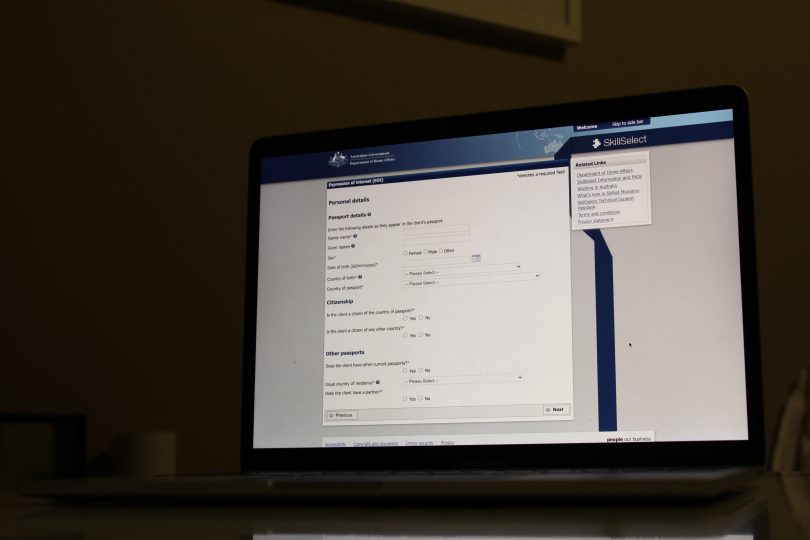Australia’s skilled migration program, according to the Department of Home Affairs website “is designed to attract migrants who make a significant contribution to the Australian economy, and fill positions where no Australian workers are available.”
Skilled migration in Australia can be achieved by applying for a skilled visa, but there’s a slight catch. Both visas require an expression of interest (EOI) to be made by the skilled individual wanting to migrate and once this is made, the individual may then be invited to apply for a visa. Skilled visas could include Independent and Skilled Regional (Provisional) visas, State and territory nominated visas or Business Innovation and Investment visas.
Statistics released in December 2018 show that the number of male applicants almost double the number of females, but is there an explanation for this?
Skill Stream Outcome by Location, Applicant Type and Gender
Beautiful, easy data visualization and storytelling
Ben Watt is a lawyer and registered migration agent for Seekvisa, a migration service company focused on assisting people with visa associated concerns.
“There has always been a sort of favouring of these occupations that are STEM,” he said. “A lot of the knowledge industry occupations where there’s more of an equal division of the sexes don’t get invited as much.”
The skilled migration program has an occupation ceiling applicable under the Independent and Skilled Regional (Provisional) visas. Essentially, the number of EOIs for a specific occupation bracket that are able to be invited for skilled migration are limited. If the number of invitations are maxed out for that program year, no more will be released until the next program year.
Occupation invitations for the 2020-21 program year show registered nurses, civil engineering professionals, electrical engineers and telecommunications engineering professionals as among the most prevalent occupation groups that received invitations.
Most Prevalent Occupation Groups by Invitation Volume
Beautiful, easy data visualization and storytelling
“The skilled women are not just nurses,” said Watt. “Most work in skilled industries; so they’re HR specialists and they’re lawyers and they’re policy experts, and that’s their high-level fields but because they’re not on the list they don’t migrate.”
According to data from the Australian Bureau of Statistics from 2004 until 2019, migration arrivals to Australia as a whole had seen a higher volume of men arriving except in 2015 and 2016.
Net Overseas Migration Arrivals Australia 2004-2019
Beautiful, easy data visualization and storytelling
“Quite often it’s the man that’s the first applicant, and quite often it’s because of the division of labour in the family home,” said Watt. “The fella of the family has more time to pursue these sort of things and to direct the family to migrate, so I think it’s a little bit to do with that power disparity.”







